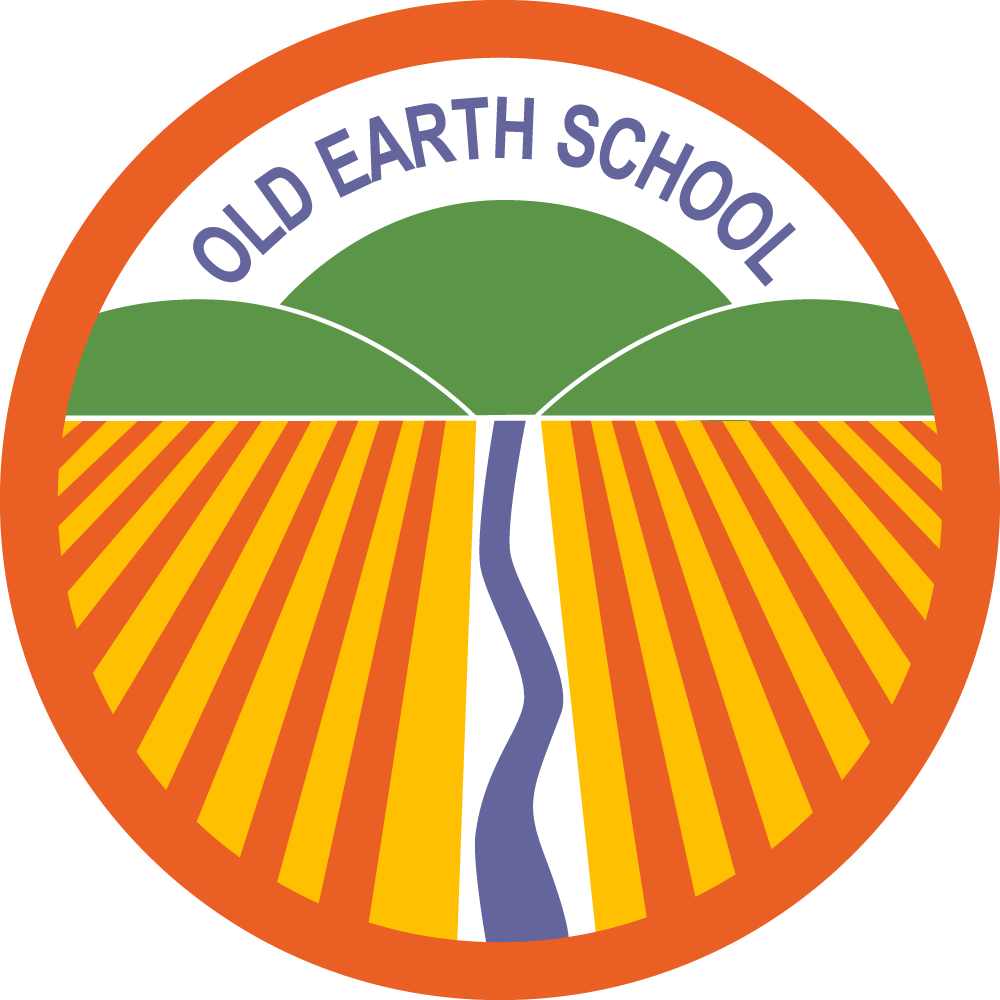History
The aim of history teaching here at Old Earth School is to stimulate the children’s interest and understanding about the life of people who lived in the past. We teach children a sense of chronology, and through this they develop a sense of identity, and a cultural understanding based on their historical heritage. Thus, they learn to value their own and other people’s cultures in modern multicultural Britain and, by considering how people lived in the past, they are better able to make their own life choices today.
-
In our school, history makes a significant contribution to citizenship education by teaching about how Britain developed as a democratic society. We teach children to understand how events in the past have influenced our lives today; we also teach them to investigate these past events and, by so doing, to develop the skills of enquiry, analysis, interpretation and problem-solving.
Our pupils learn about chronology through discussion of where the event or period appears on a timeline at the beginning of a new topic and they are encouraged to share their previous knowledge in the initial assessment lesson where the teacher can ask for input from the children about what they would like to learn in order to further enhance child-initiated learning. Reviewing their learning allows us to build on the children’s knowledge, understanding and skills over time.
Within our classrooms, we create ‘hooks’ to draw our children into events in the past. We are passionate about history at Old Earth School and our children become immersed in the topic through exciting events such as ‘The Egyptian Experience’ and ‘Viking Day’. We recognise and value the importance of stories in history teaching, and we regard this as an important way of stimulating interest in the past.
We always encourage our pupils to be thoughtful learners and we teach them how to ask questions using Bloom’s taxonomy which helps them to develop a deeper understanding. We also may begin a lesson with a question such as ‘What was the legacy of the Ancient Greeks?’ in Year 4. Studying history in this way inspires children’s curiosity, encourages them to have inquisitive minds and enables them to have a better understanding of the society in which they live and that of the wider world. We focus on helping children understand that historical events can be interpreted in different ways, and that they should always ask searching questions, such as ‘how do we know?’, about information they are given.
-
In our EYFS, children begin to develop their sense of chronology by talking about their own life story and the life story of family members. They are supported to communicate in the past tense when talking about things that have happened. Our children explore images of the past and make comparisons with the present.
In KS1 and KS2, history is taught once each term and cross curricular links are made with other subjects wherever possible. Teachers plan sequences of lessons across the unit that will build on and develop the children’s knowledge and skills.
In Key Stage 1, our curriculum is mapped to enable children to develop an awareness of the past, using common words and phrases relating to the passing of time. They will start to know where the people and events they study fit within a chronological framework and identify similarities and differences between ways of life in different periods. As they progress through the key stage, they will begin to make comparisons and connections between people and events in the past.
In Key Stage 2, children will continue to develop a chronologically secure knowledge and understanding of British, local and world history, establishing clear narratives within and across the periods they study. This chronology, or sequence of events, will be referred to throughout KS2 so that children become secure in their understanding of important historical events and eras. It will also enable them to begin to identify trends over time and develop the appropriate use of historical terms such as ancient and civilisation.
The knowledge and skills that children will develop throughout each history topic are mapped across the school to ensure progression. Children’s learning in history is enriched by visits to historical buildings, museums and exhibitions.
-
The impact of our history curriculum can clearly be seen in the children’s books. Our children’s historical understanding is also evident in class assemblies where children share their knowledge with their parents. The opportunity to evaluate and reflect on the learning is planned for regularly to enable the children to see how their learning is progressing.
Children’s learning is assessed informally in each lesson and teachers plan responsively to next steps. At the end of a unit, children are assessed against the assessment statements on the Unit Overview and the end points for the topic. Evidence of work, lesson input and differentiation is kept in our Non-Core books which enables teachers to make a judgement as to whether each child is working at the expected level.


